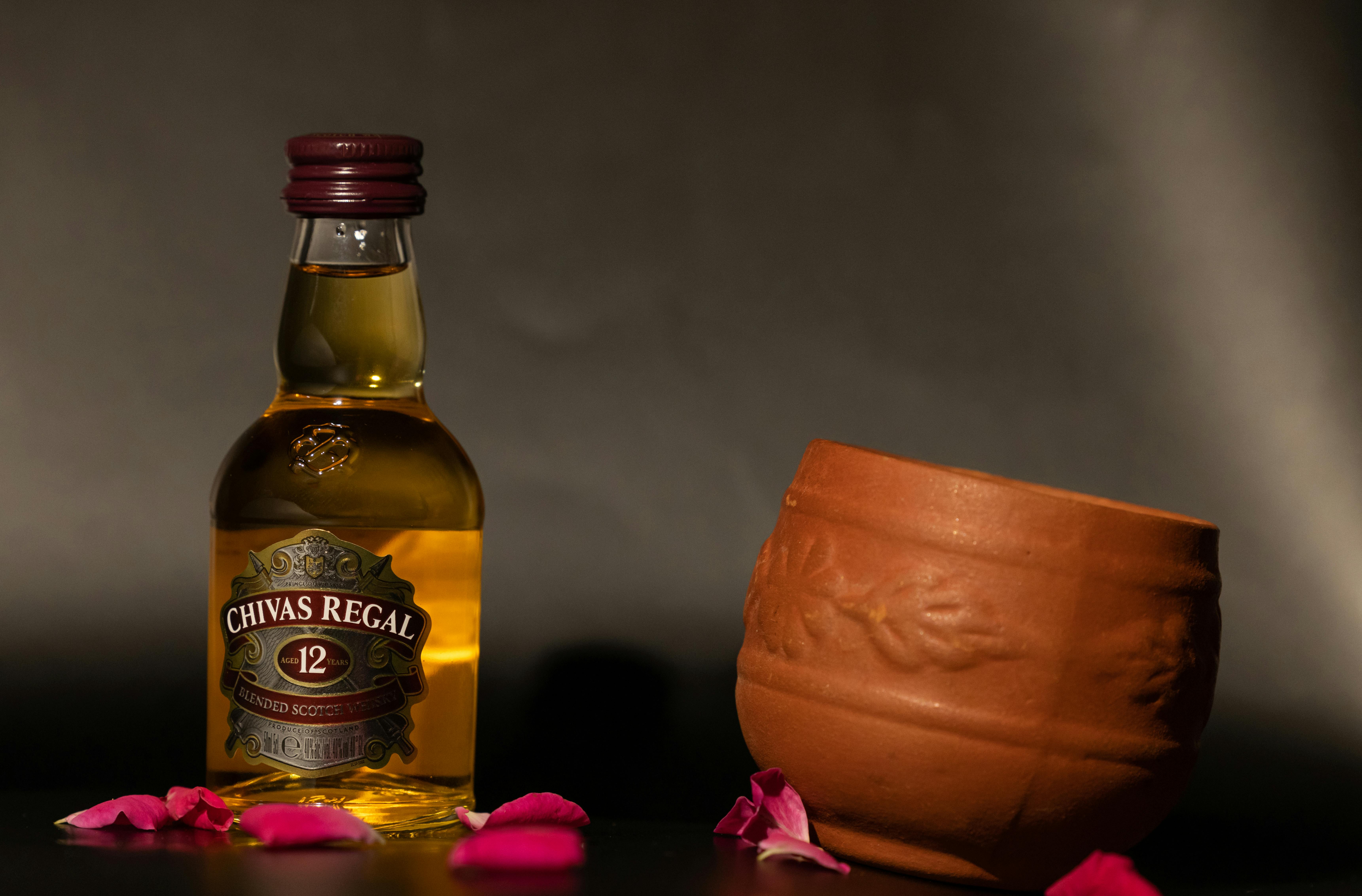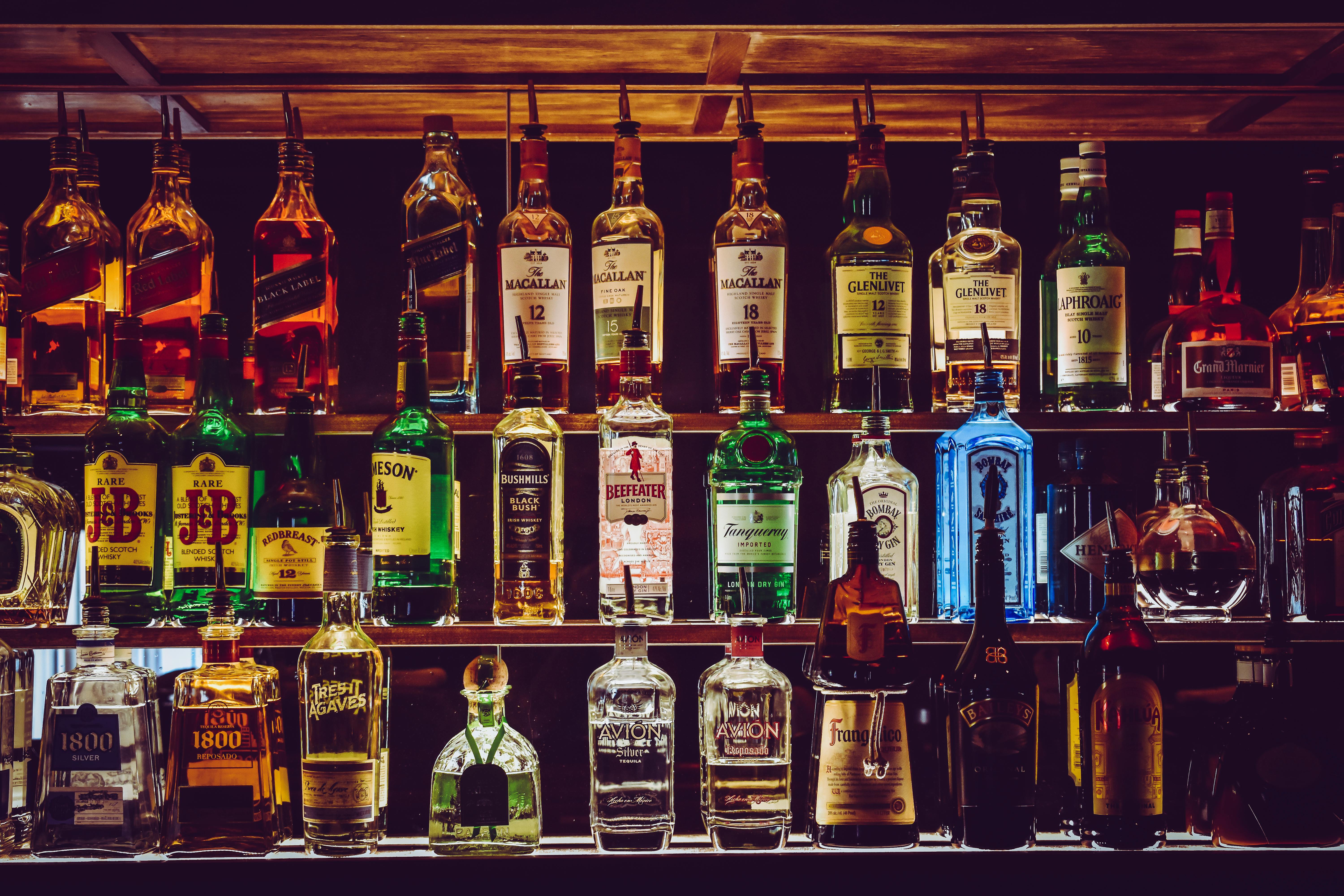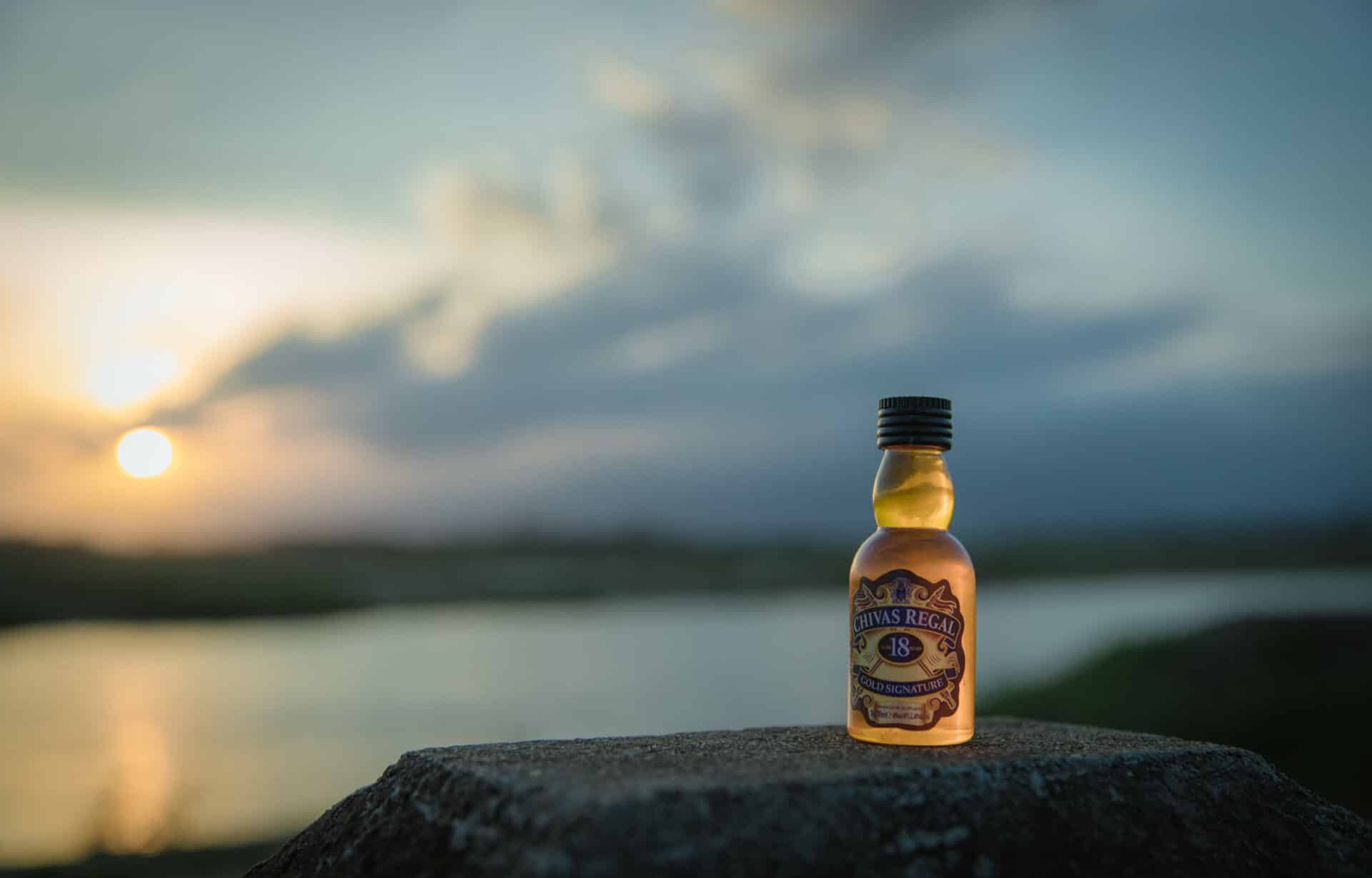Distilling whiskey is a time-honored craft that has long been a part of the American culture. It is also an activity that comes with its own set of legal requirements. If you are looking to legally distill whiskey at home, it’s important to understand the regulations in your area and be aware of any licenses or permits you need to obtain. This guide will provide a brief overview of the legal steps involved in legally distilling whiskey, so you can begin the process with confidence.Whiskey Distillation is the process of separating alcohol from a fermented mixture of grains and water. It involves heating the mixture, which causes the alcohol to vaporize and rise due to its lower boiling point. The vapors are then cooled, causing them to condense back into a liquid form that is much higher in alcohol content than the original mixture. The distillate is then aged in wooden barrels or casks before being bottled.
Understanding the Legal Requirements of Whiskey Distillation
Distilling whiskey is a complex process that requires adherence to both legal and safety standards. In order to ensure that your distillery is operating legally, it is important to understand the various regulations that govern whiskey distillation. This article will provide an overview of the legal requirements for whiskey distillation in the United States.
The first step in legally producing whiskey is obtaining a permit from the Alcohol and Tobacco Tax and Trade Bureau (TTB). The TTB regulates the production, labeling, taxation, advertising, and sale of alcohol beverages in the United States. In addition to issuing permits, they also have strict rules regarding labeling, testing, and other aspects of alcohol production. These regulations must be followed in order for your distillery to remain compliant with federal law.
In addition to obtaining a permit from the TTB, it is also necessary for distilleries to adhere to state laws. Each state has its own set of laws governing the production of alcoholic beverages. It is important to familiarize yourself with these laws in order to ensure that your distillery is operating within legal limits
Obtaining Licenses for Whiskey Distillation
Distilling whiskey is an involved process that requires several licenses and permits to be obtained from the appropriate government agencies. In order to legally distill whiskey, you must obtain a permit from the Alcohol and Tobacco Tax and Trade Bureau (TTB), as well as a license from your state government. Additionally, you may need to acquire other licenses or permits depending on your state’s specific regulations.
The TTB is responsible for regulating the production of alcoholic beverages in the United States, including whiskey. In order to distill whiskey, you must first obtain an Alcohol Manufacturer’s Basic Permit (also known as a DSP-5) from the TTB. This permit allows you to manufacture spirits in bulk, store them for sale or use, and transport them across state lines. The application process for this permit can take up to four months or longer, depending on the complexity of your business.
In addition to obtaining a permit from the TTB, you must also obtain a license from your state government before beginning production. Each state has different regulations when it comes
Different Kinds of Equipment for Distilling Whiskey
Distilling whiskey is a skill that requires an extensive knowledge of the process and the right equipment for success. Different kinds of equipment are necessary for the distillation process, depending on the type of whiskey being produced. These include a still, copper tubing, condenser, fermentation tanks, mash tuns, and thermometers.
The still is the most important piece of equipment used in distilling whiskey. It is used to heat and vaporize the alcohol in a mash or wort, which is then condensed and collected in a barrel or other container. Copper tubing is often used to collect and direct the hot vaporized alcohol from the still to a condenser. The condenser cools the vaporized alcohol into liquid form before it can be collected.
Fermentation tanks are also necessary for distilling whiskey. These tanks are used to ferment grains such as barley or wheat into a mash or wort which can then be heated in a still. Mash tuns are also used during fermentation along with thermometers to monitor temperature changes during fermentation and distillation processes.
In addition to these pieces of equipment, other items
Preparing the Ingredients for Distilling Whiskey
The first step in distilling whiskey is preparing the ingredients. This includes malting the grain, mashing and fermenting the mash, and aging the whiskey. The grains used in making whiskey are usually barley, wheat, rye, corn, or a combination of these grains. The grain is malted by soaking it in water and then allowing it to germinate. This process releases enzymes that break down the starches in the grain into more accessible sugars which will then be used during fermentation. Once malted, the grain is mashed with hot water to extract solubles from the grain which will give flavor and body to the whiskey. After mashing, yeast is added to begin fermentation and convert sugars into alcohols. Finally, the fermented liquid is aged in oak barrels to add flavor and color. The length of aging will vary depending on what type of whiskey is being made. After aging, a final distillation process takes place to concentrate flavors and alcohol content before bottling.
Whiskey distillation requires careful preparation of ingredients for successful results. Each step of preparing ingredients plays an

Milling
The first step in the whiskey distilling process is milling. In order to begin the process of distilling, grains such as barley, wheat, rye or corn must be milled into small pieces. This allows the grains to be exposed to hot water, which will help extract sugar from them. The milled grains are then mixed with hot water and cooked in a mash tun, which helps to extract fermentable sugars from the grain. Once the sugar is extracted, it can be used to create alcohol during fermentation.
Fermentation
After the mashing process is complete, it’s time for fermentation. During this process yeast is added to the mash in order to convert the fermentable sugars into alcohol. The fermentation process can take anywhere from five days to two weeks depending on the type of whiskey being produced and can create an alcoholic content of between 4%-20%.
Distillation
Once fermentation is complete, it’s time for distillation. During this process the fermented liquid is heated and passed through a still where it vaporizes and
Monitoring Temperatures During the Process of Distilling Whiskey
Distilling whiskey is a complex process that requires careful monitoring and adjustment of temperatures throughout each step. In order to ensure the highest quality whiskey, it is important to pay close attention to the temperature readings for the spirit during the entire process. This includes pre-distillation, distillation, post-distillation and maturation stages.
Pre-distillation involves a process of fermenting grains or other carbohydrates into alcohol. The resulting liquid is called a wash and its temperature should be monitored carefully to ensure it has reached peak fermentation potential. If the temperature readings are too high, it can cause off flavors in the finished product. If too low, it can cause incomplete fermentation.
During distillation, temperatures must be adjusted in order to separate different components from the wash. This is done by heating up or cooling down the wash in order to vaporize certain components at different temperatures. By carefully controlling these temperatures during distillation, higher quality whiskey can be produced.
Post-distillation involves cooling down the spirit and removing impurities from it. The temperature should be monitored
Aging and Bottling Your Home-Distilled Whiskey
Aging and bottling your own home-distilled whiskey is a rewarding experience. It can take a few weeks to a few years, depending on the type of whiskey you are producing. The key is to understand the process, create the right environment for aging, and bottle the whiskey with care.
The first step in aging and bottling your home-distilled whiskey is selecting the right barrel. Oak barrels are ideal for aging whiskey, as they provide the perfect environment for maturation. Once you have selected a barrel, you will need to fill it with your freshly distilled spirit. Fill it to the top and cap it tightly.
Next, you will need to store your barrel in an area with consistent temperatures and humidity levels. This will ensure that the flavor of your whiskey matures properly over time. Avoid storing it in direct sunlight or in areas with high humidity levels as this can lead to off flavors.
Once your whiskey has aged for an appropriate amount of time, you can begin bottling it. You will need to prepare

Conclusion
Distilling whiskey legally is a great way to experience the art of making a unique spirit. As long as you follow the laws in your area, you can certainly make your own whiskey. It is important to be aware of the various regulations and restrictions in place, as well as the safety and health considerations that must be taken into account. With a little bit of patience and research, it is possible to create a quality product that is perfect for any occasion.
Whether you are looking to make your own whiskey as a hobby or for business purposes, distilling whiskey legally can be an enjoyable and rewarding experience. With the right equipment and knowledge, anyone can enjoy this unique form of craftsmanship. As long as all safety precautions are taken, distilling whiskey can create a wonderful product that will last for years.

